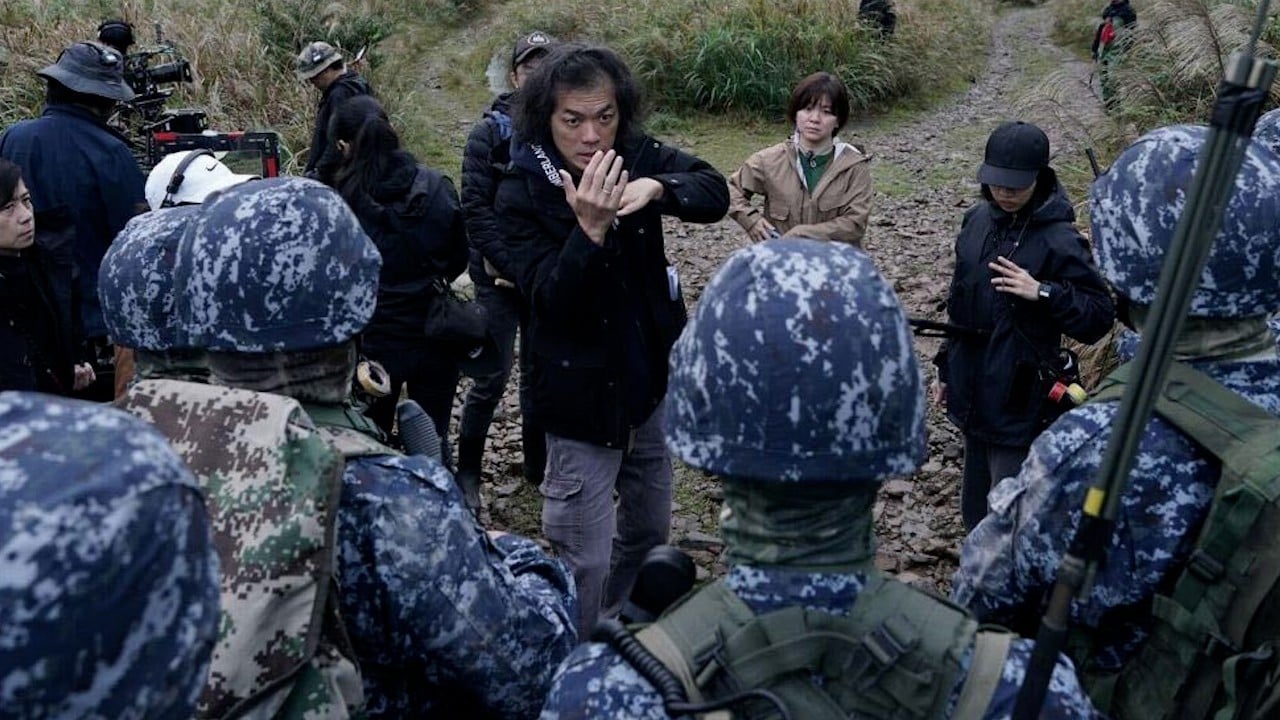Cabinet spokesman Chen Shih-kai said the submarines would be built between 2025 and 2038 as part of the Indigenous Defence Submarine Programme.
Built by CSBC Corporation Taiwan, the prototype of the diesel-electric powered submarine cost about NT$26 billion and was ordered soon after Tsai took office in 2016. It features an X-shaped rudder configuration for operations in shallow waters, with a pair of additional small horizontal fins.
It is being made combat-ready, and according to Admiral Huang Shu-kuang, head of the submarine building programme, will use a combat system by Lockheed Martin and carry US-made MK-48 heavyweight torpedoes.
Taiwanese Defence Minister Wellington Koo said last month that the prototype was about to complete its harbour acceptance test, which would be followed by a sea acceptance test or sea trial. Local news reports said the submarine was supposed to undergo its first sea acceptance test next month, with delivery expected by November next year.
Beijing views Taiwan as part of its territory, to be reunited by force if necessary. Most countries, including the United States, do not recognise Taiwan as an independent state, but Washington is opposed to any attempt to take the island by force and is committed to arming the island.
“The construction of seven more submarines and the approval of the budget demonstrate the Lai government’s determination to safeguard Taiwan,” said Su Tzu-yun, a senior analyst at the Institute for National Defence and Security Research, a government think tank in Taipei.

He emphasised that, together with ground-based and ship-launched missiles, a fleet of submarines could form “cross-domain deterrence to effectively counter sea and other amphibious attacks from the PLA”.
“The prototype hasn’t even undergone sea trials yet, so how can such a massive budget for the subsequent construction of seven submarines be approved so hastily? This isn’t a case of ‘drawing the target after shooting the arrow’; it’s more like shooting the arrow without even drawing a target,” he said.
He also noted that the sea trials themselves would be a long process.
“These tests will inevitably uncover several flaws that need to be modified, and after making those changes, further testing will be required,” he said.
“This cycle of testing and modification means that the unified system configuration for the seven follow-up submarines, as well as the exact budget required, won’t be determined until at least mid-next year.”
However, the cabinet was already preparing to submit the NT$284 billion budget to the legislature, Lu said.
“This move is not only hasty and irresponsible but also astonishing, as the average cost of NT$40 billion per submarine is much higher than the building cost of the prototype, which greatly deviates from global shipbuilding norms. This urgency inevitably raises suspicions – what unspoken reasons could there be for such a rush?” he said.
Su, however, said more advanced weapons and facilities were expected to be used in the new submarines, which explained why their costs were higher.
Chieh Chung, secretary general of Taipei think tank the Association of Strategic Foresight, said he supported the construction of seven more ships to improve Taiwan’s defences.
“But preparation for the budget should be made step by step, and it is inappropriate to allocate a large, long-term budget for the mass production of submarines when sea trials have not yet begun and production configuration is still undetermined,” he said.
“This would result in significant inaccuracies in the budget.”
He said that according to previous practices, the legislature, which handles multi-year budget cases, especially those for military procurements, tended to pass the budgets if the funding allocated by the cabinet came in relatively small amounts for the first year.
“After the passage of the first-year allocation, the legislature rarely rejected the funding for the subsequent years, he added. According to the defence ministry, only NT$2 billion will be allocated for funding in the first year.
“It is neither appropriate nor acceptable for the cabinet to invoke this approach, given that the testing process for the prototype is inherently more complex than for surface vessels, especially when the domestically produced ship is a new design,” he said.







